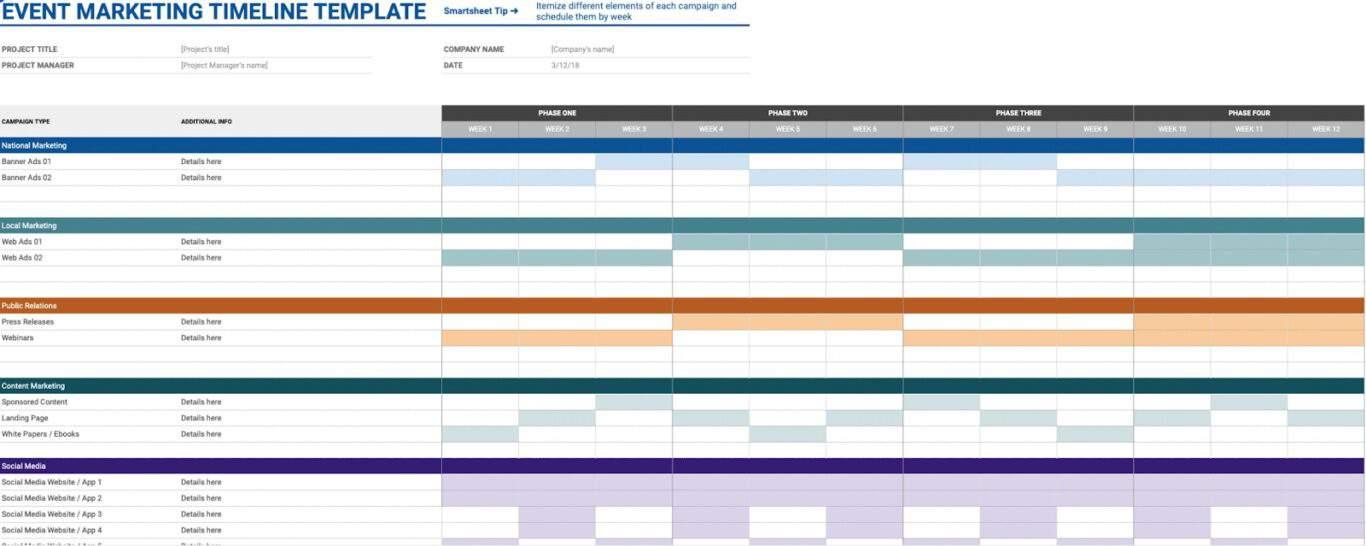How to Create a Monthly Marketing Calendar: A Step-by-Step Guide
In the fast-paced world of digital marketing, staying organized and proactive can make all the difference. One of the most effective ways to plan and execute your marketing strategy is by creating a monthly marketing calendar. This handy tool helps you keep track of campaigns, content releases, social media posts, and important events – all while aligning your team’s efforts toward shared goals.
Whether you’re a small business owner, marketing manager, or content creator, having a well-structured marketing calendar is crucial for consistency and maximizing ROI. In this guide, you’ll learn how to create a monthly marketing calendar that drives results, boosts collaboration, and keeps your marketing efforts timely and relevant.
Why You Need a Monthly Marketing Calendar
Before diving into the creation process, let’s understand the key benefits of a marketing calendar that make it an indispensable part of any marketing strategy:
- Improved Organization: All campaigns, key dates, and deadlines are visible in one place, reducing confusion and missed opportunities.
- Consistency: Ensure regular content publishing and campaign launches without gaps, which helps build brand trust and visibility.
- Team Collaboration: A shared calendar improves communication and accountability among marketing teams, freelancers, and stakeholders.
- Better Resource Management: Plan budget, personnel, and tools efficiently by forecasting needs ahead of time.
- Data-Driven Decisions: Track your monthly activities’ performance to optimize future campaigns.
Step-by-Step Guide: How to Create a Monthly Marketing Calendar
Step 1: Define Your Marketing Goals
Every successful marketing calendar starts with clear objectives. Before scheduling anything, identify what you want to achieve in the upcoming month. Examples include:
- Increasing website traffic by 20%
- Launching a new product or service
- Growing email subscribers by 500
- Boosting social media engagement rates
Clear goals help you prioritize campaigns and decide which marketing channels to focus on.
Step 2: Identify Key Dates and Events
Marking important dates keeps your content relevant and timely. Look out for:
- Holidays and seasonal events (e.g., Black Friday, Christmas, Valentine’s Day)
- Industry-related conferences, webinars, or product launches
- Company anniversaries, milestones, or sales events
- Content campaign deadlines
Step 3: Decide on Marketing Channels
Choose the platforms and mediums best suited for your audience and goals, such as:
- Social media (Facebook, Instagram, LinkedIn, Twitter)
- Email marketing campaigns
- Blog posts and SEO content
- Paid advertising (PPC, Google Ads, social ads)
- Webinars and live events
Step 4: Plan Your Content Themes and Campaigns
Map out your monthly themes or campaigns, ensuring each piece of content or advertising activity aligns with your targets and key dates. This could include weekly blog topics, daily social media posts, email newsletters, or promotional campaigns.
Step 5: Create Your Marketing Calendar
Now, it’s time to visually lay out your plan. You can use:
- Spreadsheets: Google Sheets or Excel allow flexible calendar formats and easy collaboration.
- Project Management Tools: Asana, Trello, or Monday.com for assigning tasks and tracking progress.
- Dedicated Marketing Calendar Software: Tools like CoSchedule or HubSpot Marketing Calendar.
Include the following details per calendar entry for clarity:
- Campaign or content title
- Deadline and publish date
- Responsible team member
- Channel or platform
- Status (planned, in progress, completed)
Step 6: Review and Adjust Weekly
Marketing calendars are living documents – they should be updated weekly to incorporate new insights, adjust for changes in strategy, and add last-minute campaigns or ideas.
Sample Monthly Marketing Calendar Table
| Date | Campaign/Content | Channel | Owner | Status |
|---|---|---|---|---|
| May 3 | Blog Post: Summer Marketing Tips | Blog & Email | Sarah | Scheduled |
| May 10 | Mother’s Day Social Media Campaign | Instagram, Facebook | James | In Progress |
| May 15 | Launch New Email Newsletter Series | Maria | Planned | |
| May 20 | Paid Ads: Summer Sales Promo | Google Ads, Facebook Ads | David | Pending |
Benefits of Using a Monthly Marketing Calendar
Implementing a monthly marketing calendar can dramatically elevate your marketing effectiveness. Here’s why:
- Enhanced Productivity: Clear schedules reduce time wasted wondering what’s next.
- Aligned Messaging: All platforms send consistent messages, reinforcing your brand identity.
- Faster Decision Making: Seeing the big picture helps managers approve or pivot campaigns with more confidence.
- Data Utilization: Historical calendar data helps you identify which campaigns worked and refine your approach.
Practical Tips for Maintaining Your Marketing Calendar
- Set Recurring Reviews: Schedule weekly or bi-weekly check-ins with your team to update the calendar and brainstorm.
- Use Color Coding: Assign colors for campaign types or channels for quicker visual reference.
- Integrate With Other Tools: Connect your calendar with email marketing software, social schedulers, or CRM platforms.
- Keep It Flexible: Marketing trends and priorities change – don’t be afraid to pivot your calendar as needed.
- Include Buffer Time: Build in extra days for content creation and unexpected delays.
Real-World Example: How a Start-Up Uses a Monthly Marketing Calendar
Consider “BrandBoost”, a tech start-up launching a new SaaS product. They use a monthly marketing calendar to schedule:
- Weekly blog posts focusing on product features and industry insights
- Bi-weekly email campaigns targeting segmented audiences
- Social media posts aligned with major industry conferences
- Paid ad bursts during product demo weeks
This approach helped BrandBoost double their lead generation within 3 months by ensuring all marketing efforts were synchronized, measurable, and timely.
Conclusion
Creating a monthly marketing calendar might seem daunting at first, but it’s a game-changer in executing a coherent, strategic marketing plan. By clearly defining your goals, marking key dates, choosing the right channels, and laying out your campaigns visually, you set the foundation for steady growth, stronger team collaboration, and measurable marketing success.
Start small, be consistent, and let your calendar evolve with your business needs. With a well-crafted monthly marketing calendar, you’re not just planning marketing activities – you’re paving the path to smarter, more effective marketing overall.











